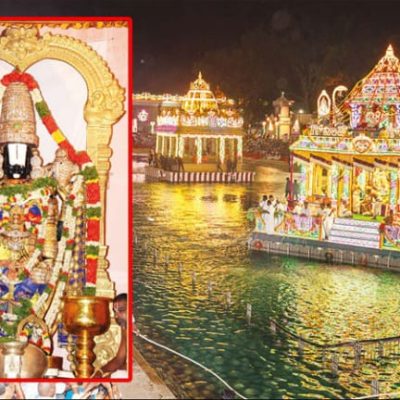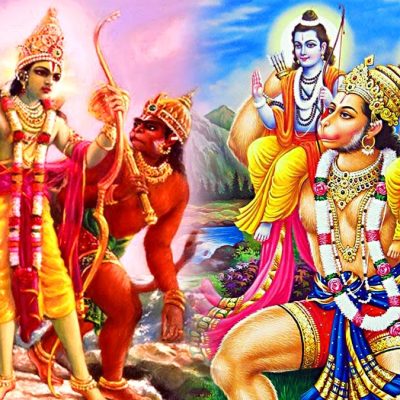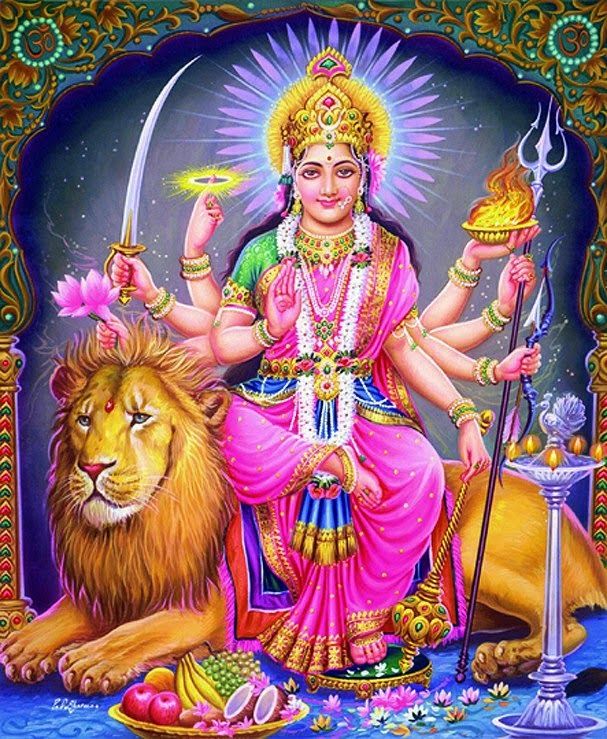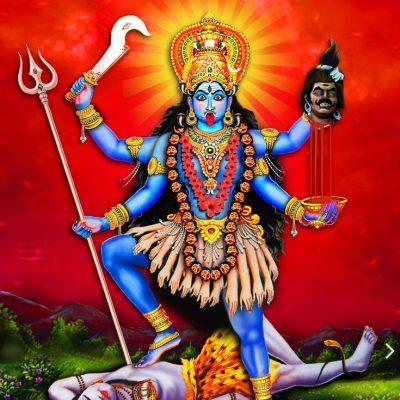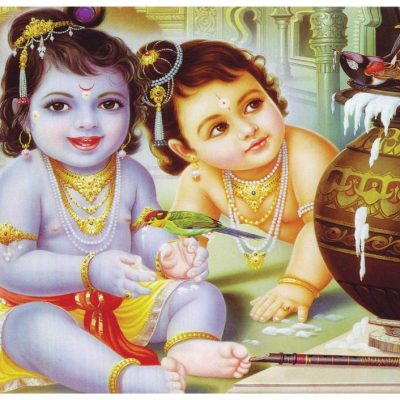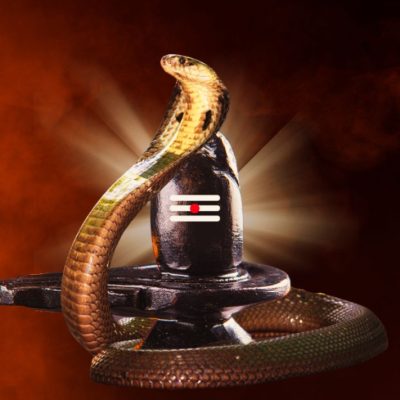Bagan Shwe-san-daw Pagoda, Myanmar

Address
Bagan Shwe-san-daw Pagoda, Myanmar
Nyaung-U,
Myanmar (Burma)
Moolavar
Buddha
Introduction
Shwe-san-daw Pagoda (built 11th century) is located near the center of the Bagan archaeological zone and is tall enough to serve as a landmark for many kilometers around. Built by King Anawrahta (r. 1044-1077), it is among the earliest large stupas constructed at Bagan, displaying an architecturally mature style that became—along with contemporary monuments such as the Shwezigon—the standard model for Burmese stupa architecture for the next thousand years.
Puranic Significance
The pagoda’s association with Anawrahta’s era is certain as the king’s name was found on terracotta tablets deep inside the central relic chamber. Anawrahta was the founder of the Pagan Empire and an avid stupa builder. Apart from the Shew-san-daw, he constructed the venerable Shwezigon to the north and several smaller stupas to the east, south, and west. According to Strachan, the Shwe-san-daw sat near the center of this demarcated area, with the perimeter stupas serving as a “cosmic forcefield” to protect the city from every direction. This layout has parallels in earlier settlements such as Pyay in which the Pyu rulers built a ring of stupas outside the perimeter walls, presumably for the same reason. Anawrahta would likely have been familiar with this urban planning approach as Pyay was one of many settlements conquered by his far-reaching armies.
The impetus for the stupa’s construction was the conquest of another city, Thaton, which yielded the surrender of a shwe-san-daw, or sacred hair relic, believed to be from the head of the Buddha. The enshrinement of hair relics is a common theme throughout Burmese history, seen throughout the land at sights as diverse as the Golden Rock temple at Kyaiktiyo, the Shwedagon and Sule Pagodas in Yangon, and another temple also called Shwesandaw in Pyay. Anawrahta’s success in obtaining the relics likely served as proof of the efficacy of his religious reforms—a cause that occupied Anawrahta throughout his reign—cementing the king’s status as a champion of Theravada Buddhism in the manner of a cakravartin, or universal ruler, whose dominion flourishes as he expounds the Buddhist dhamma.
Design
Stupas were already commonplace in the region when Anawrahta ascended to the throne, but they tended to be be bulbous in profile; for instance, the Bawbawgyi Pagoda in Pyay and especially the Nga-kywe-na-daung in Bagan, a few kilometers to the northwest. Anawrahta’s chief innovation was to substitute this design with a bell shaped profile that gradually diminished with height. This form was more structurally stable as its center of gravity was closer to the stupa’s base, radiating a more confident appearance.
The stupa was given further prominence by elevating it on a pyramidal five-tiered base with medial stairways, with two terraced octagonal bands supporting the stupa’s anda (dome). In earlier temples such as the East and West Hpet-leik, the base of the stupa was wide but fairly shallow. Anawrahta’s innovation of combining a high, terraced base with a tall bell-shaped stupa became the model par excellence for all subsequent stupa design in Burma. It also resonated well with Buddhist cosmology as the overall ensemble replicated in miniature the form of Mt. Meru, the mythical axis-mundi at the center of the Buddhist world-model.
The pagoda’s architects provided spiritual protection on a number of fronts. First, and probably most importantly, the hair-relics enshrined at the core of the monument offered potent protection for the young king. The terracotta votive plates and other treasures housed in the temple’s labyrinth of reliquaries provided a further boost. More visibly, images of Hindu deities—who had been assimilated as lesser deities into the Buddhist world-view—were placed at critical locations around the terraces. Finally, a quartet of brick lions stood guard at ground level at each corner, though only one of these partially survives. These creatures were the forerunners of the manuthiha, or man-lion that were commonly employed in the Konbaung era (1752-1885); for instance, at the 19th century Kyauk-taw-gyi temple in Amarapura.
Ancillary Structures
The Shwe-san-daw stood at the center of a square enclosure roughly nine times the size of the temple’s footprint, with gates providing access from all four directions. The enclosure walls still survive in fragmentary form but can be difficult to discern. Inside the walls are a number of small structures, now mostly in ruins that primarily served as image houses holding one or more large statues of the Buddha. Among these, monument 1570, known as the Shin-bin-thalyaung, is in the best condition. It is a long, narrow building housing a reclining image of the Buddha inside a barrel-vaulted chamber measuring 25.72 x 4.45 meters. Strachan notes the uniqueness of this building, remarking that “there is nothing like it at Bagan, the closest comparable brick structures are the ok-kyaung or brick houses for monks which date from the Middle and Late Periods” (Strachan, p. 118). Pichard notes that although the construction likely dates from the 11th century, the original Buddha image (now a restoration) may have once reclined under an open sky. A the present time, the 21.34 meter long image is housed beneath a vaulted space covered with fragmentary mural paintings, now partially obscured by steel reinforcement to protect the fragile structure from earthquake damage. The murals were likely repainted in the Konbaung era when the city experienced a brief renaissance in the late 18th and early 19th centuries.









Century/Period
11th century
Managed By
UNESCO World Heritage Site
Nearest Bus Station
Bagan
Nearest Railway Station
Bagan
Nearest Airport
Nyaung U airport



